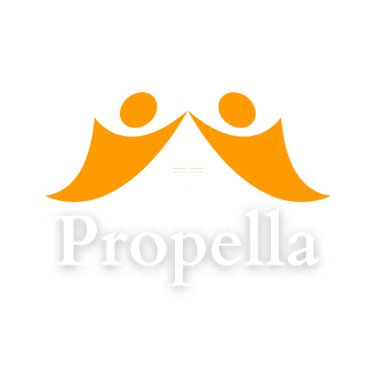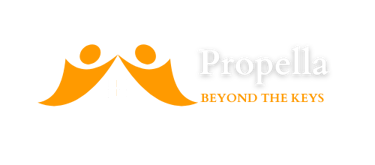Essential Costs of Buying and Owning Real Estate in Australia
Buying property in Australia comes with more than just the purchase price—hidden upfront and ongoing costs can quickly add up. From stamp duty and conveyancing fees to land tax, insurance, and maintenance, this guide breaks down the essential expenses every buyer should know. Whether you’re a first-time buyer, investor, or foreign purchaser, understanding these costs is key to making smart property decisions.
The Australian property market is experiencing a notable divide. While Sydney and Melbourne are sluggish, markets in Brisbane, Perth, and Adelaide are on the rise. Buyers are increasingly active, sometimes even purchasing properties sight unseen and signing contracts without conducting proper reports. As property prices climb, it’s crucial to be aware of the associated costs, which can add up and potentially lead to financial loss. In this blog post, we’ll discuss the five upfront costs and twelve ongoing costs of buying and owning property in Australia. Whether you’re a first-time buyer, an investor, or a foreign buyer, understanding these expenses is essential for making informed decisions.
Upfront Costs of Buying Property in Australia
Stamp Duty: Stamp duty is a significant one-time tax levied when purchasing property. Rates and names vary by state, and it’s crucial to use a state’s revenue office calculator or consult a solicitor for accurate rates. In New South Wales, for example, the rate ranges from 4.5% to 5.5% of the property contract price.
Stamp Duty Surcharge for Foreign Buyers: Introduced in 2016, this surcharge aims to curb foreign property purchases. The rates vary by state, generally between 7% and 8%. This surcharge, along with standard stamp duty, can add up to 12% to 13.5% to the property price.
FIRB Application Fee: Foreign buyers must pay a fee to the federal government for property purchases. For properties worth $1 million, the fee is $14,100 for new homes and $42,300 for second-hand homes. This fee ensures compliance with foreign investment laws.
Conveyancing Fees: Buyers must hire a lawyer or conveyancer to handle the legal aspects of property purchase. Fees range from $1,650 to $2,200, with additional charges for specific services like FIRB approval or document searches.
Other Costs: Additional costs include loan application fees, currency exchange fees, and buyer’s agent fees. These can add up and should be factored into the overall budget.
Ongoing Costs of Owning Property in Australia
Land Tax: Collected annually by state governments, land tax is based on the land value component of the property. Each state has different rates and thresholds. For example, Victoria’s threshold is $50,000, beyond which land tax is applicable.
Land Tax Surcharge for Foreign Buyers: An additional annual tax for foreign buyers, this surcharge varies by state. For instance, in New South Wales, if a foreign buyer hasn’t lived in Australia for a total of 200 days in a year, they must pay this surcharge.
Vacant Residential Land Tax: In Melbourne, properties vacant for more than six months are subject to a 1% vacancy tax based on the capital improved value (CIV). From January 2025, this tax will apply to all of Victoria.
Federal Vacancy Fee for Foreign Owners: This fee applies to properties left vacant for more than six months in a year. It’s administered by the Australian Taxation Office and calculated at twice the initial FIRB application fee rate.
Home Loan Interest: Interest rates vary, typically around 6.5% for primary residences. Rates for investment properties and loans to foreign buyers are generally higher.
Strata Levy: Applicable to strata-titled properties like apartments, this levy covers shared facilities and maintenance. Fees vary based on property type, age, and location.
Council Rates: Collected by local councils, these rates fund infrastructure and services. They depend on the property’s land value and can be paid annually or quarterly.
Water Rates: Water rates include a connection fee and usage charges. These vary by state, with connection fees ranging from $180 to $250 per quarter.
Insurance: Essential insurances include landlord insurance for rental properties and building insurance for standalone houses. Premiums depend on the property type and location.
Property Management Fees: If renting out the property, management fees range from 5% to 12% of the rental income, with higher rates for properties in Perth.
Vacancy Costs: Budgeting for vacancies is essential, typically accounting for about two weeks of vacancy per year.
Maintenance Costs: Routine maintenance and repairs, including air conditioning servicing, pest control, and general upkeep, can add up to $1,500 to $2,000 annually.
Follow our journey at Propella Buyers Agency for seamless property buying experiences, expert advice, and the latest market trends.


